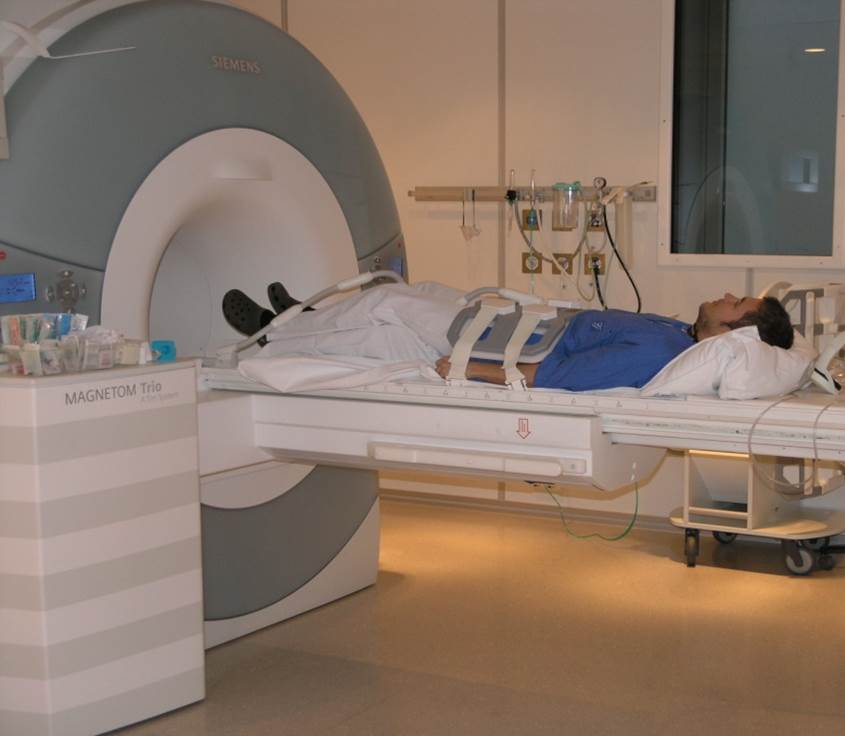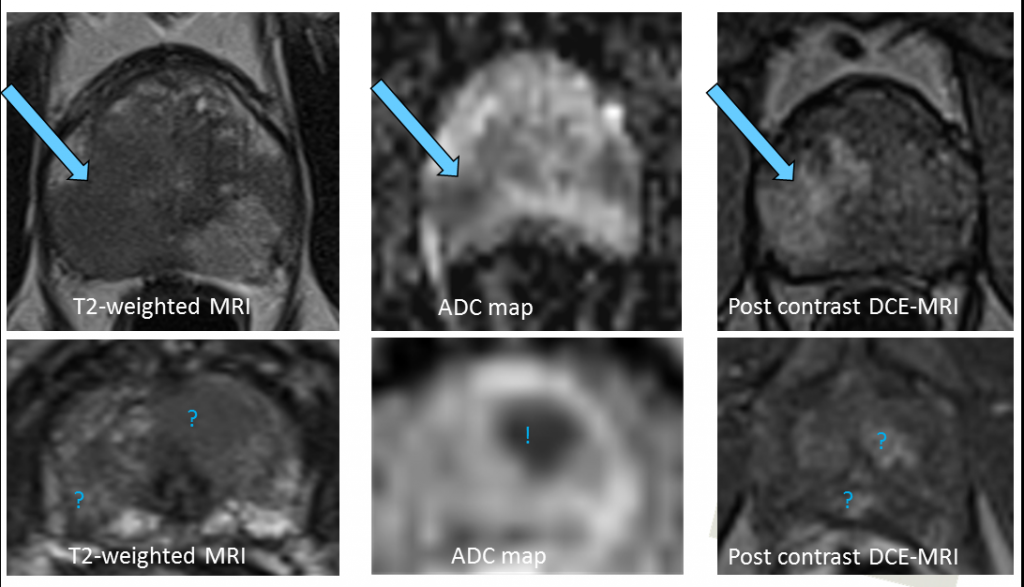Blogger: Tone Frost Bathen
The MR Cancer Group has a close collaboration with the clinical environments at the Department of Urology and Clinic for Medical Imaging at St. Olavs Hospital. The long-term goals of the projects are to optimise and personalise the diagnostics and treatment of prostate cancer, and thereby increase chances of survival and quality-of-life for this patient group.
We recently received funding of NOK 14 million through a special announcement from the Norwegian Cancer Society for personalised cancer treatment. This presents a unique opportunity to continue our research at a larger scale. The collaboration between clinicians and researchers at NTNU and St. Olavs Hospital, through the integrated university hospital, is key to the execution of the research project. It also enables swifter changes in clinical practice based on research outcomes.
With this project we wish to solve important clinical challenges through the use of advanced medical imaging. Today’s diagnostic tools cannot differentiate between lethal and less dangerous forms of prostate cancer, something which complicates personalised treatment. Improved methods for detection and risk assessment will be of great importance to the treatment options for these patients in the future.
During this project we wish to develop and standardise new methods for MR imaging (MRI), including PET-MRI, for the detection and classification of prostate cancer. Unlike in other types of cancer, medical imaging only plays a limited role in the diagnosis of prostate cancer. For more accurate diagnostics we wish to study the clinical value of MR-guided biopsies, and multimodal MRI will be used to evaluate aggressiveness. The PET-MR scanner donated to St. Olavs Hospital by Trond Mohn is the only of its kind in Norway, and it presents unique opportunities for new approaches to medical imaging.
We will also make use of established research biobanks to describe molecular characteristics of both low and high risk prostate cancer. By connecting these findings with MR images, we hope the project will contribute to improved methods for personalised treatment of prostate cancer.


